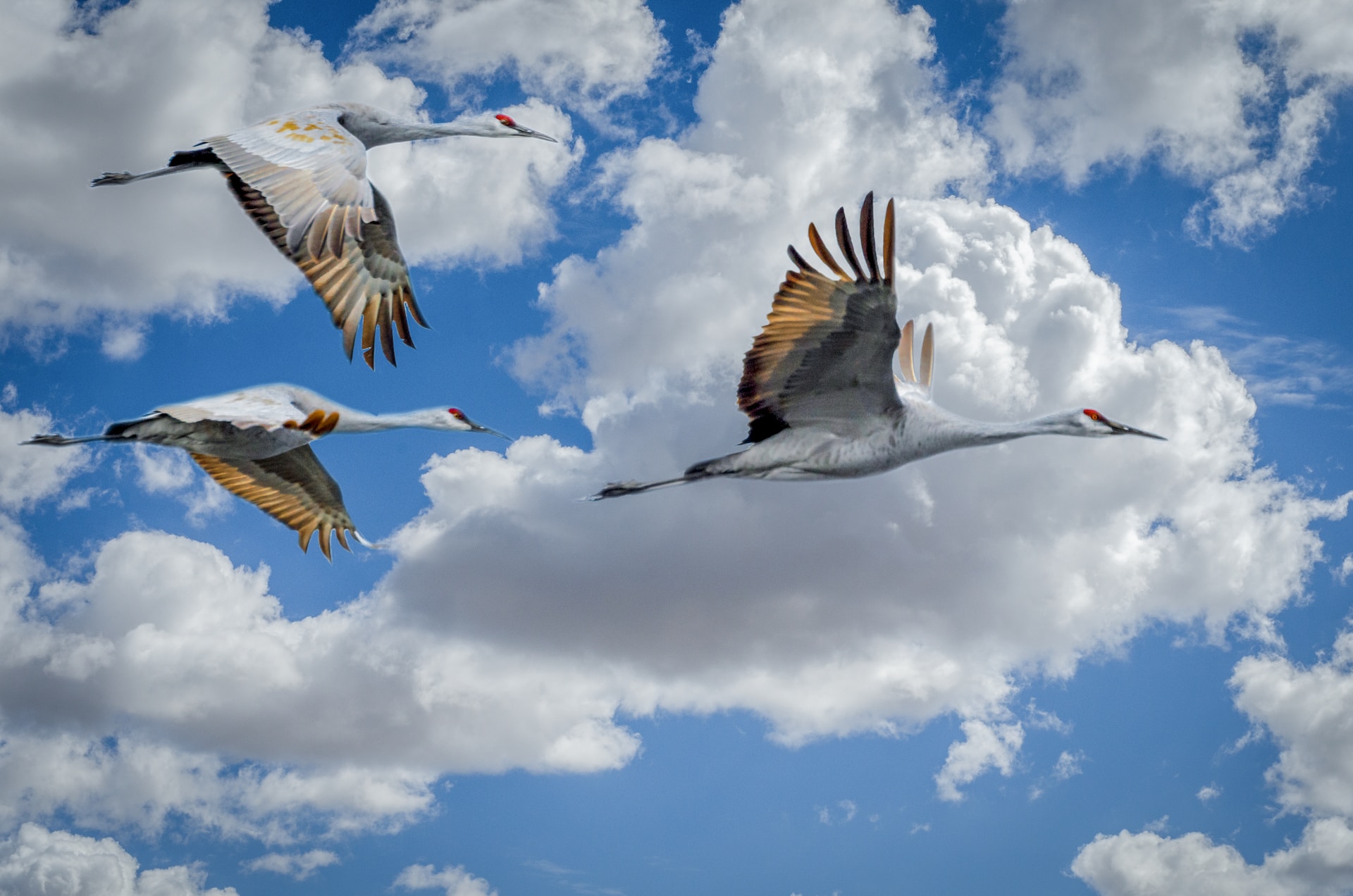White birds, also known as white-feathered birds, are a group of avian creatures that exhibit stunning white plumage. From snowy white owls to elegant swans, these birds captivate our attention with their beauty and grace. In this article, we will delve into the fascinating world of white birds and learn about their unique features, behavior, and habitat.
White birds belong to various families and species, each with their own distinct characteristics. Among the most popular of these birds are the Snowy Owl, the White-tailed Eagle, the American White Pelican, the Arctic Tern, and the Trumpeter Swan. These birds can be found in different parts of the world, ranging from the icy tundras of the Arctic to the warm coastal waters of South America.

One of the most striking features of white birds is their plumage. The pure white color of their feathers is caused by the absence of pigmentation, giving them a pristine and ethereal appearance. The feathers of these birds are also designed to keep them warm in cold environments, and some species can even change the color of their plumage to blend in with their surroundings, providing them with camouflage against predators.
In addition to their stunning appearance, these birds are known for their unique behavior. For instance, the Arctic Tern holds the world record for the longest migration of any bird, traveling over 44,000 miles each year from the Arctic to the Antarctic and back again. The Trumpeter Swan is also known for its melodious trumpet-like call, which can be heard from great distances.

White birds are also an essential part of many ecosystems, playing vital roles in pollination, seed dispersal, and pest control. For example, the American White Pelican feeds on fish and crustaceans, keeping populations in check and ensuring a healthy balance in aquatic ecosystems.
However, despite their beauty and importance, these birds face numerous threats, including habitat loss, pollution, and climate change. Some species have already become endangered, such as the Whooping Crane, whose population was reduced to just 15 individuals in the 1940s due to hunting and habitat destruction.
These birds are also a significant cultural symbol in many societies. For example, the swan is often associated with love and beauty in European folklore and literature, while the Snowy Owl has played a role in Native American mythology as a messenger of wisdom and spiritual guidance.
Furthermore, white birds have been a popular subject in art, inspiring countless paintings, sculptures, and other works of art. The beauty and elegance of these creatures have captured the imaginations of artists for centuries, making them an enduring symbol of grace and purity.

If you are interested in observing white birds in the wild, there are many opportunities to do so. Birdwatching and nature photography are popular pastimes that allow you to experience the beauty and wonder of these creatures up close. Many national parks and wildlife refuges offer guided tours and educational programs that can help you learn more about birds and their habitats.
White birds are also known to form strong social bonds with their mates and offspring. For example, swans are known for their lifelong monogamous relationships and their ability to raise their young together. This strong sense of family and community is a trait that is shared by many white bird species, making them even more fascinating and endearing to us.
Moreover, the study of these birds has helped scientists better understand the impact of climate change on our planet. Many white bird species live in habitats that are particularly vulnerable to the effects of global warming, such as the Arctic and Antarctic regions. By monitoring changes in the behavior and populations of these birds, scientists can gain valuable insights into the health of our planet and the impact of human activities on the natural world.

Finally, the conservation and protection of white birds are not only vital for their survival but also for the benefit of the entire ecosystem. As keystone species, these birds play a critical role in maintaining the balance of nature and ensuring that ecosystems remain healthy and functional. By preserving their habitats and populations, we can help ensure that these beautiful and important creatures continue to thrive and contribute to the diversity and richness of our planet.
White birds are also often featured in popular culture, from children’s books to blockbuster movies. For example, the classic children’s story “The Ugly Duckling” tells the tale of a young swan who grows up believing that he is an ugly duckling, only to discover his true identity and beauty. In movies like “March of the Penguins” and “Winged Migration,” the birds take center stage, providing an up-close look at their unique behavior and natural habitats.

Furthermore, white birds are often the subject of scientific research, with scientists studying their behavior, migration patterns, and genetics to better understand these fascinating creatures. This research has led to important discoveries, such as the role that these birds play in seed dispersal and pollination, and the impact of climate change on their populations.
In conclusion, white birds are some of the most captivating and enchanting creatures on earth. Their stunning plumage, unique behavior, and essential roles in ecosystems make them a vital part of our planet’s biodiversity. However, as humans continue to impact the environment, it is crucial that we take steps to protect and conserve these beautiful birds, ensuring that future generations can continue to admire and appreciate their grace and elegance in the skies.
If you enjoyed this read, check out our other posts.














What do you think?
Show comments / Leave a comment